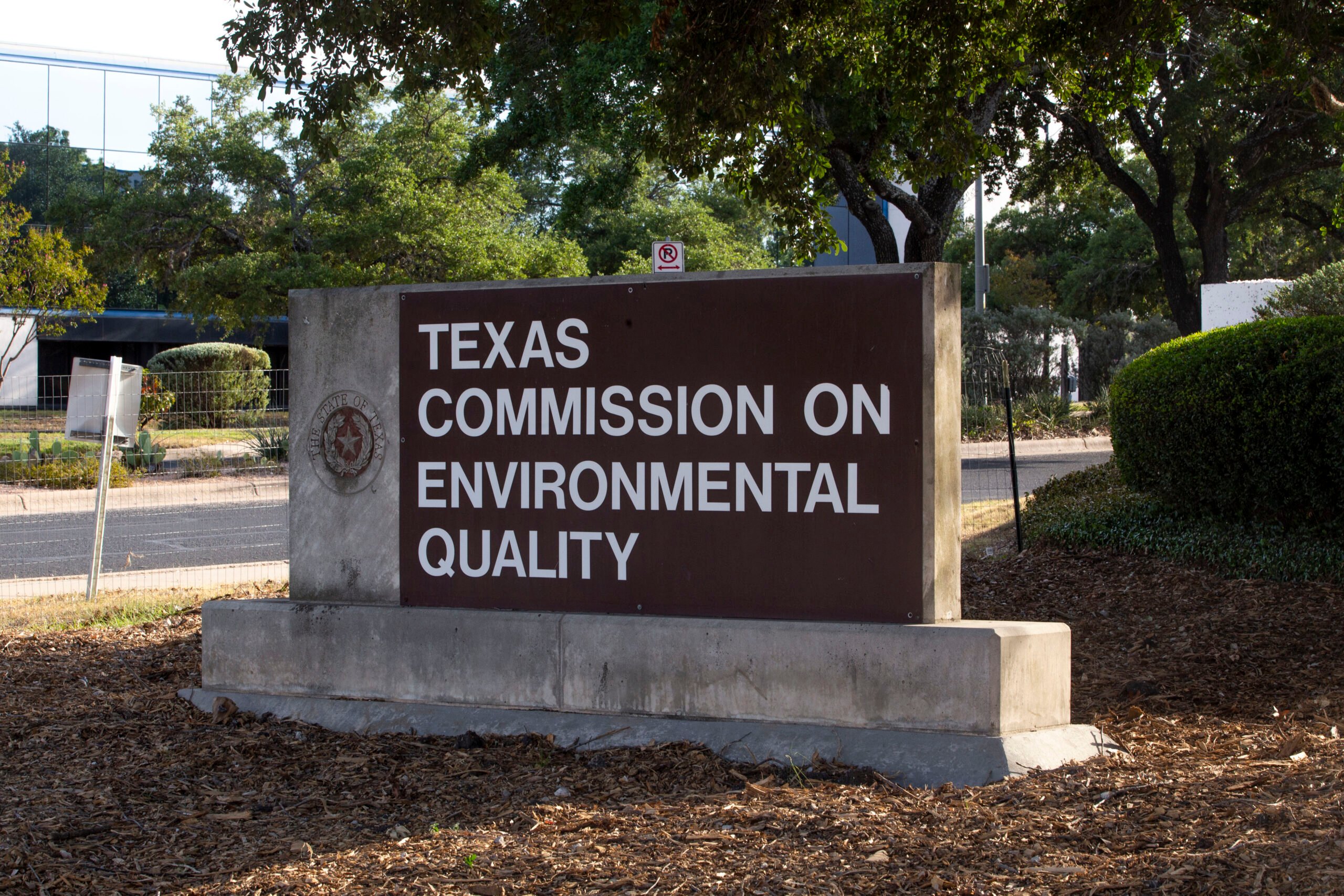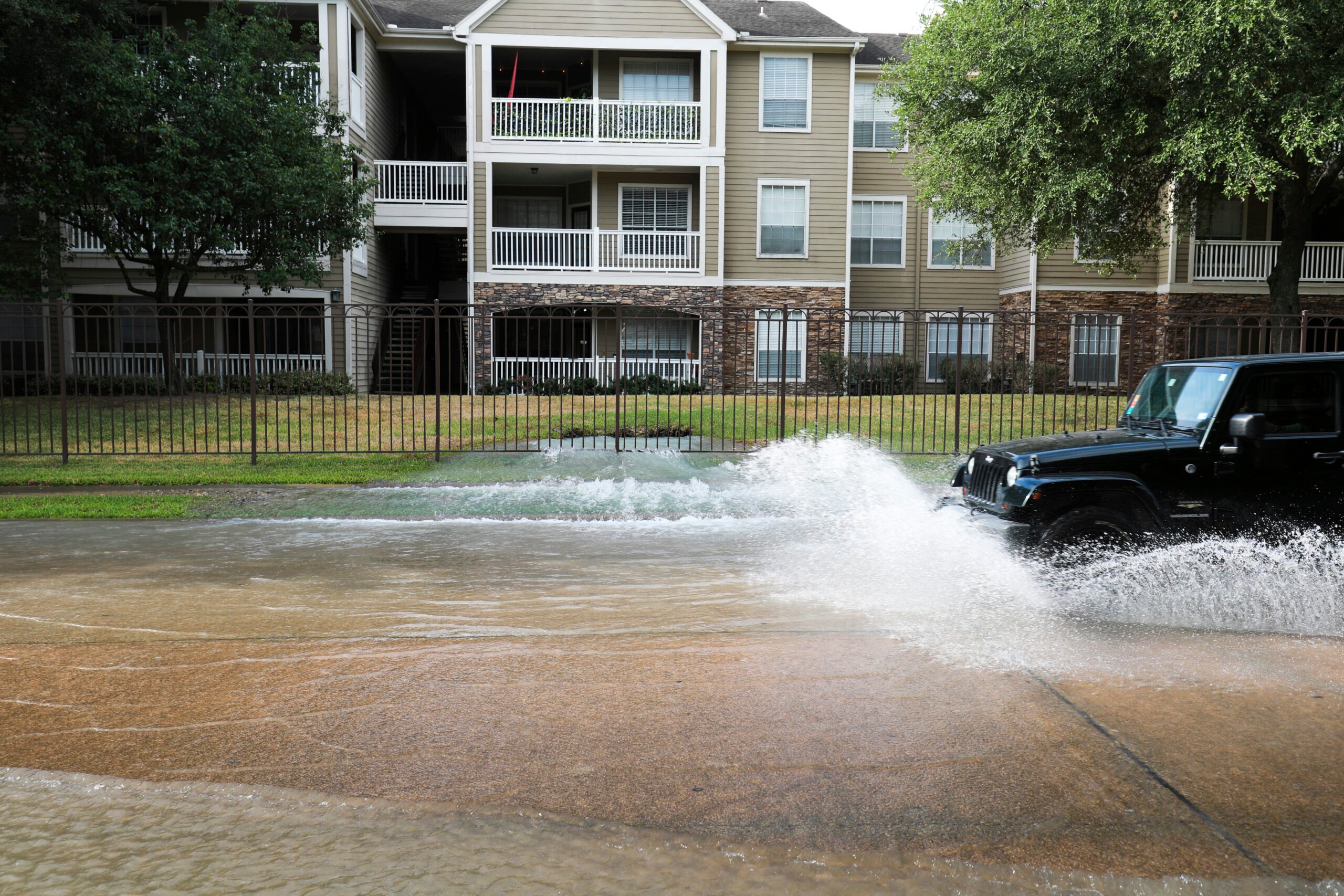
Experts: Much of Harvey-Related Air Pollution was Preventable
About 40 petrochemical companies released more than 5.5 million pounds of hazardous chemicals as a result of the hurricane.


Huge releases of hazardous air pollutants during Hurricane Harvey could’ve been prevented if companies had simply shut down their plants ahead of time or used more advanced emission controls, experts say. According to an Observer analysis, about 40 petrochemical companies along the Texas coast released 5.5 million pounds of pollution as a result of Harvey. Among the pollutants were carcinogens such as benzene and 1,3-butadiene as well as hydrogen sulfide, sulfur dioxide, volatile organic compounds and smog-forming nitrogen oxides.
The excess emissions were mainly a result of facilities shutting down and restarting their operations in preparation for the hurricane and accidents such as the fire at the Arkema plant and a floating roof covering a tank caving in due to heavy rains at an ExxonMobil refinery. In many cases, the pollution releases were preventable, according to environmental experts who reviewed the Observer’s analysis.
For one, companies could have shut down in advance of the hurricane. At least seven facilities that emitted about 1.8 million pounds of chemicals chose to shut down on or after August 27, two days after Harvey made landfall near Rockport.
“Shutting down earlier with a slower shut down leads to less air pollution releases,” said Shaye Wolf, the climate science director at the environmental group Center for Biological Diversity. “Shutting down during a storm is more dangerous for worker safety and flaring when there’s high winds is more difficult because you have to keep the flare lit.”
In other cases, the emissions could’ve been avoided if the facilities had installed new gas flaring technology, according to Wolf and Neil Carman, the clean air director at the Sierra Club and a former TCEQ inspector. Motivated in part by a 2015 EPA rule, many petrochemical plants have installed equipment to dramatically reduce toxic emissions from flaring. The rule’s implementation has been delayed till 2018.
Carman pointed out that of the 800 or so chemical facilities in Beaumont, Houston and Corpus Christi, only about 40 had reported excess emissions to TCEQ. “What that means is that there are ways to shut down without any extra air emissions,” said Carman.
The Observer’s analysis is based on about 80 initial emission reports filed by Houston, Beaumont and Corpus Christi companies with the Texas Commission on Environmental Quality (TCEQ) between August 24 and September 5.
The air pollutants from petrochemical facilities are “an additional toxic burden when people are already facing immense devastation,” said Wolf. Most of the pollutants that were released are respiratory irritants and can cause difficulty breathing and burning of the eyes and nose, Wolf said. Others such as benzene and toluene can cause developmental harms.
TCEQ did not respond to a request for comment.
It is unlikely that the facilities that reported emissions exceeding the amounts allowed by TCEQ will face any penalties. In the past, even in situations where a facility did not face a natural disaster, companies were able to claim exemptions on planned facility startups and shutdowns. Companies will also be able to fight any enforcement action from TCEQ if they can prove that a violation “was caused solely by an act of God, war, strike, riot, or other catastrophe.”
Still, Wolf and Carman said that TCEQ could incentivize petrochemical companies to reduce emissions through better enforcement. Penalties for not shutting down facilities ahead of the hurricane or failing to install flare technology could push petrochemical companies to be better prepared for future natural disasters, they said.
“The Gulf Coast region is going to keep getting hit and storms are becoming stronger because of climate change,” said Wolf. “The problem isn’t going away and regulatory agencies need to make sure that they’re implementing stricter rules.”
Elena Mejia Lutz contributed to this report.


